-
My Cat Likes To Hide In Boxes by Lynley Dodd Analysis
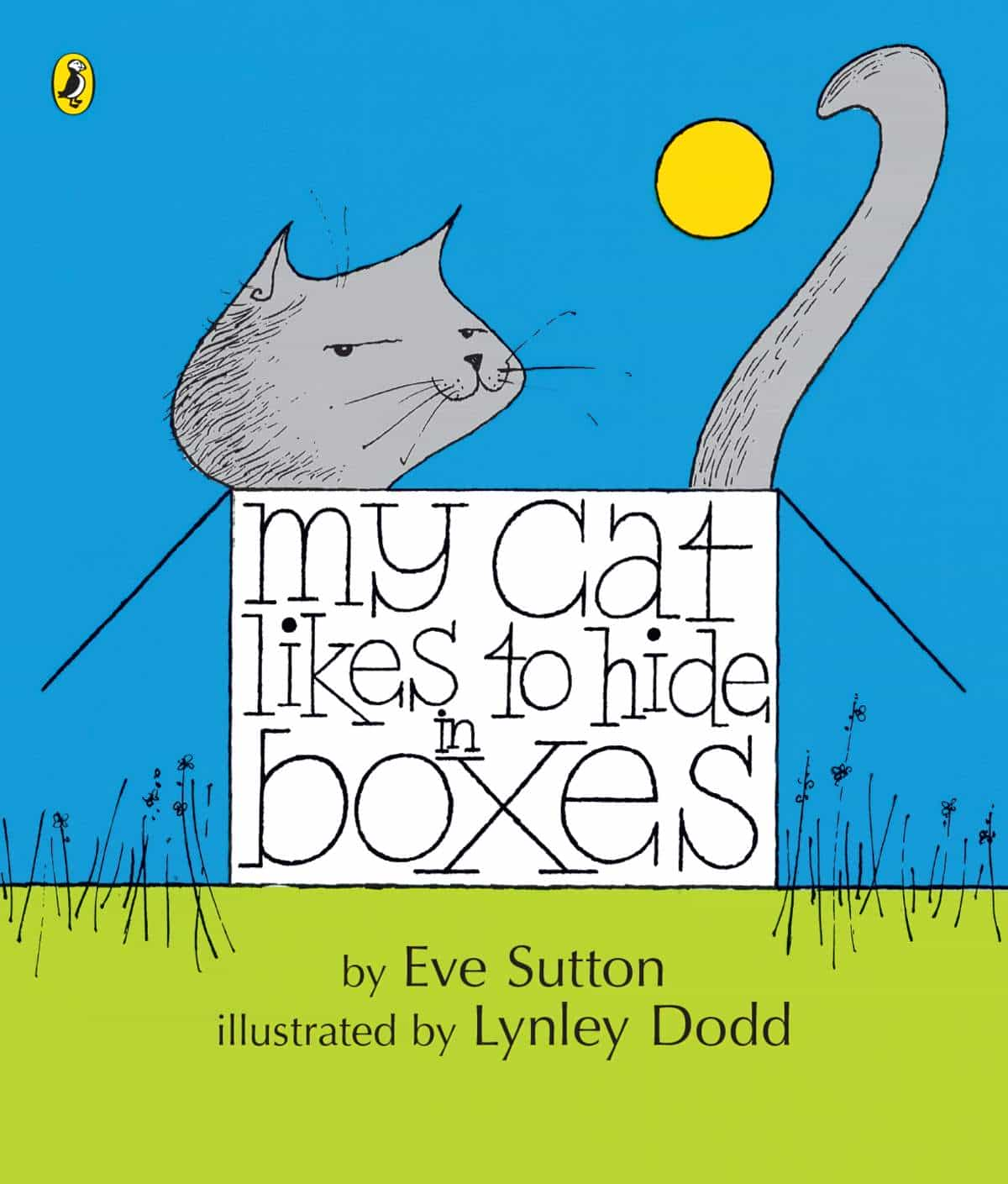
Written by Eve Sutton, My Cat Likes to Hide in Boxes is the very first picture book illustrated by New Zealand’s Dame Lynley Dodd.
-
Hairy Maclary From Donaldson’s Dairy by Lynley Dodd Analysis
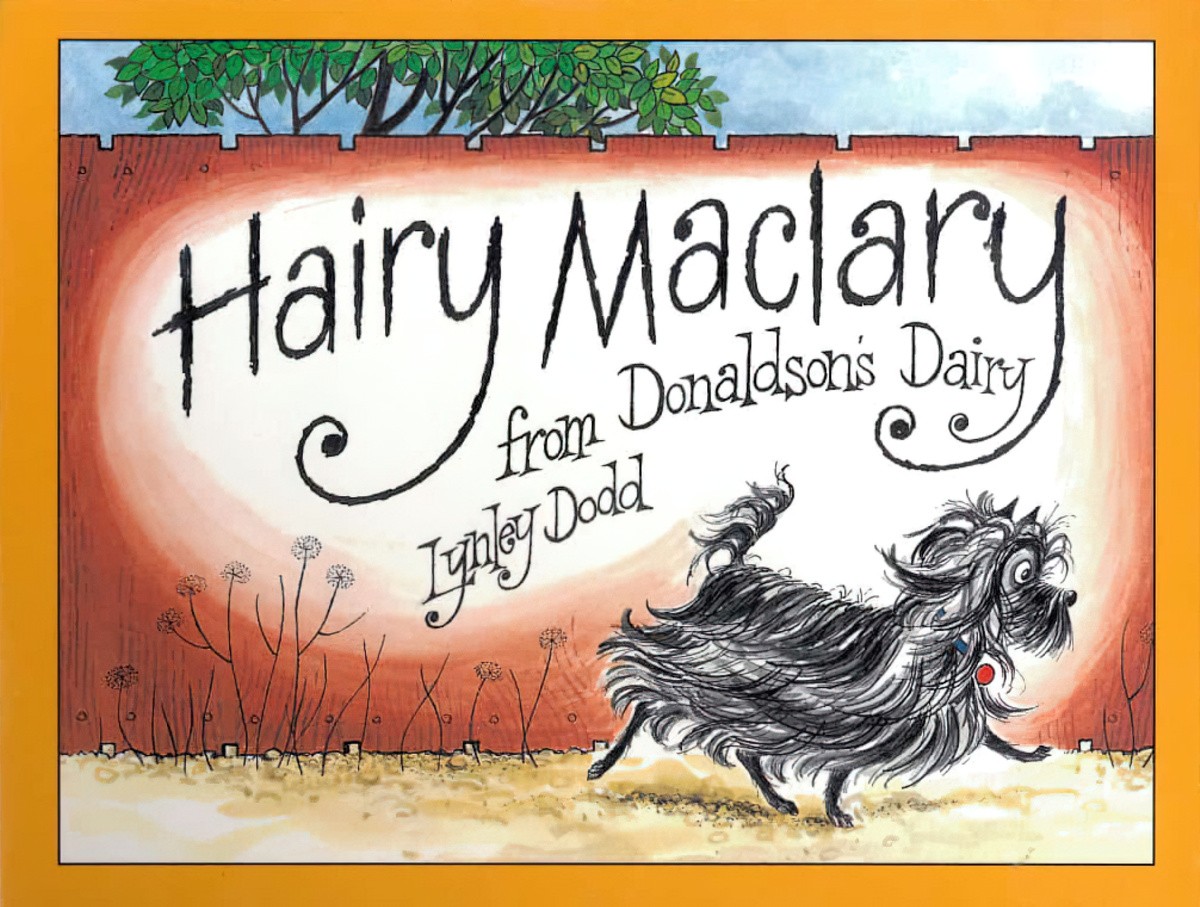
Hairy Maclary From Donaldson’s Dairy is a cumulative rhyming picture book written and illustrated by New Zealand storyteller Lynley Dodd.
-
Coming Soon Short Story by Steven Millhauser Analysis
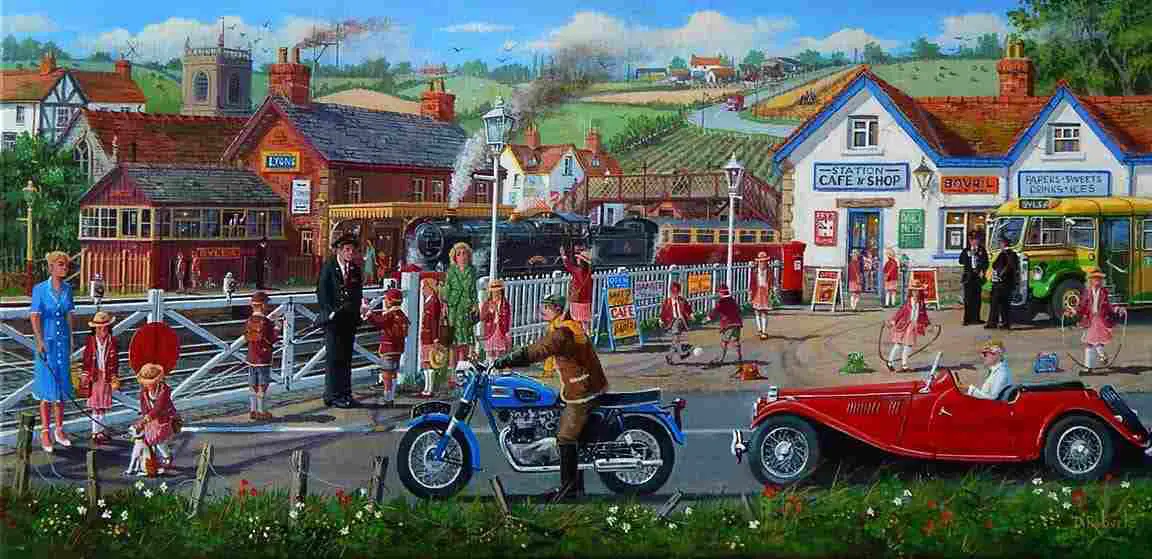
“Coming Soon” is a short story by American novelist and short story writer Steven Millhauser, first published at The New Yorker in 2013. (About 3,900 words.) Chang-rae Lee discussed this story with Deborah Treisman at the New Yorker Fiction podcast. The following are my thoughts after reading the story and listening to their discussion.
-
Purple Blooms by Carol Shields Short Story Analysis
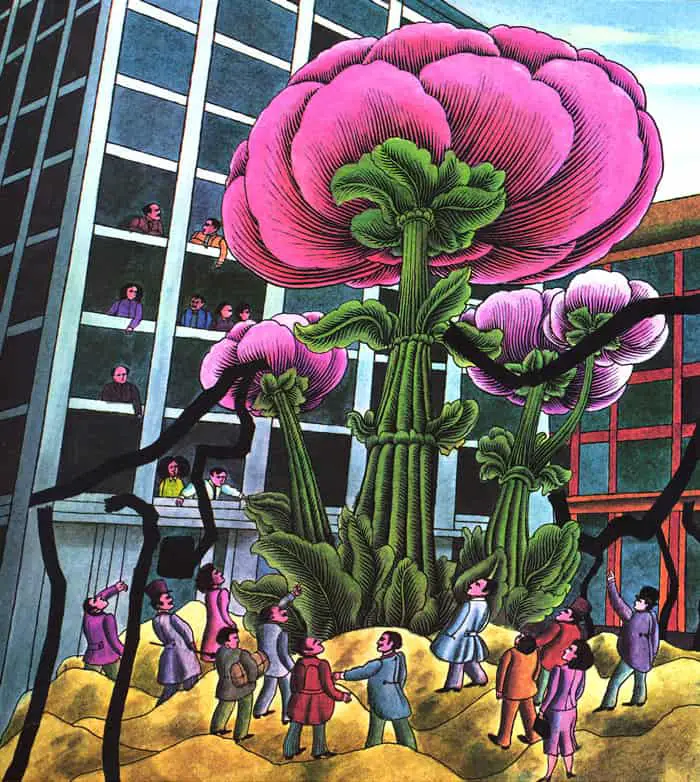
“Purple Blooms” is a short story by American-born Canadian writer Carol Shields (1935 – 2003), included in the collection Various Miracles (1985).
-
Bringing the Rain to Kapiti Plain by Aardema and Vidal Analysis
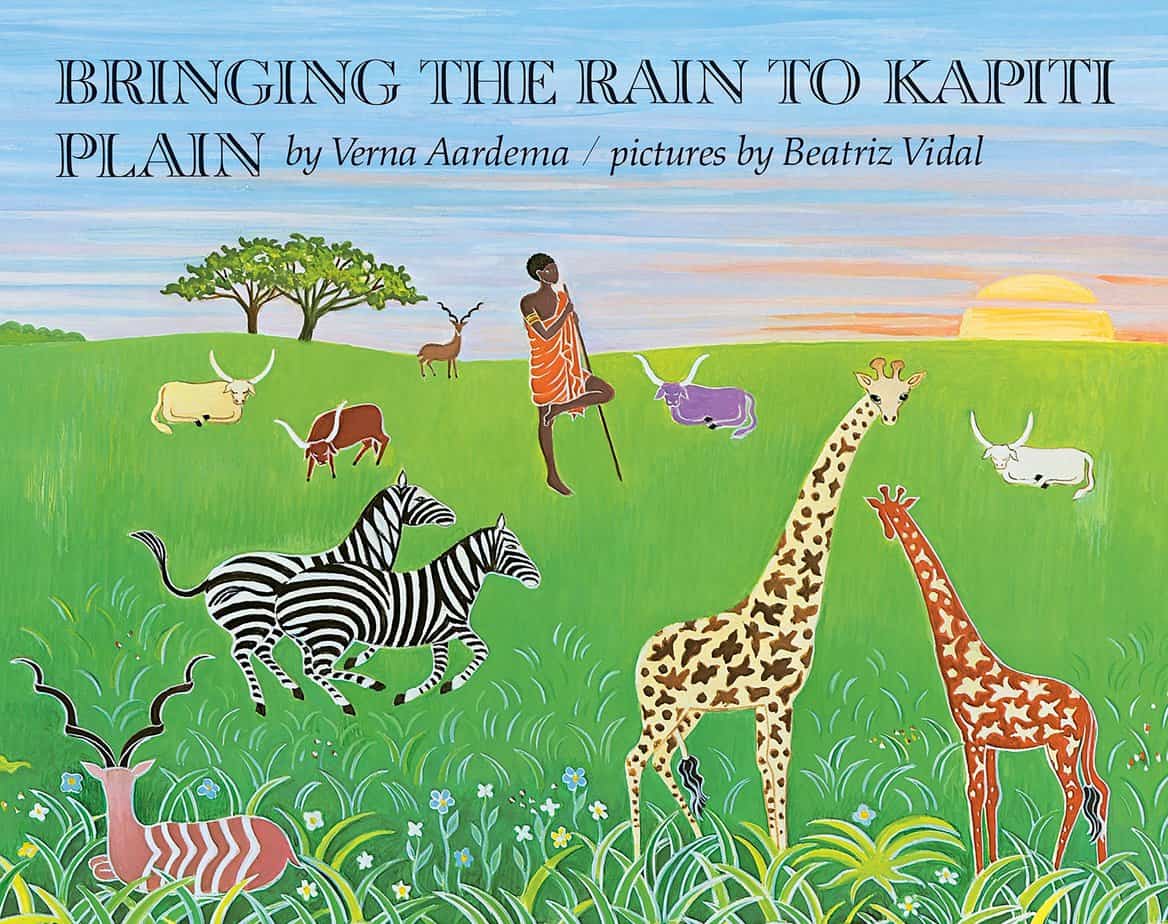
Bringing the Rain to Kapiti Plain (1981) is a cumulative picture book written by Verna Aardema and illustrated by and Beatriz Vidal. The rhyming scheme borrows from the well-known childhood rhyme, “This is the house that Jack built“. Vidal’s illustrations have a folktale vibe about them, partly due to those nice white outlines reminiscent of […]
-
The Day Jimmy’s Boa Ate the Wash by Hakes Noble and Kellogg Analysis
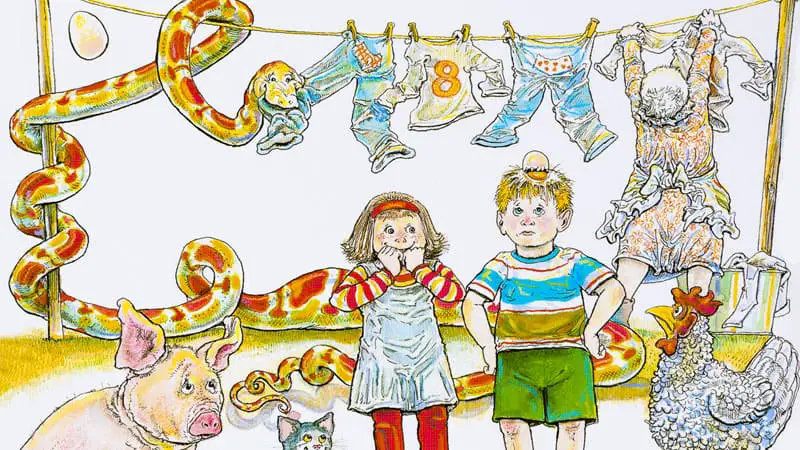
The Day Jimmy’s Boa Ate the Wash (1980) is a carnivalesque, cumulative picture book written by Trinka Hakes Noble and illustrated by Steven Kellogg. This picture book is a great mentor text for the way it handles dialogue visually, and also for the way the ironic distance between text and image expands at the end, […]
-
Harvey Slumfenberger’s Christmas Present by John Burningham Analysis
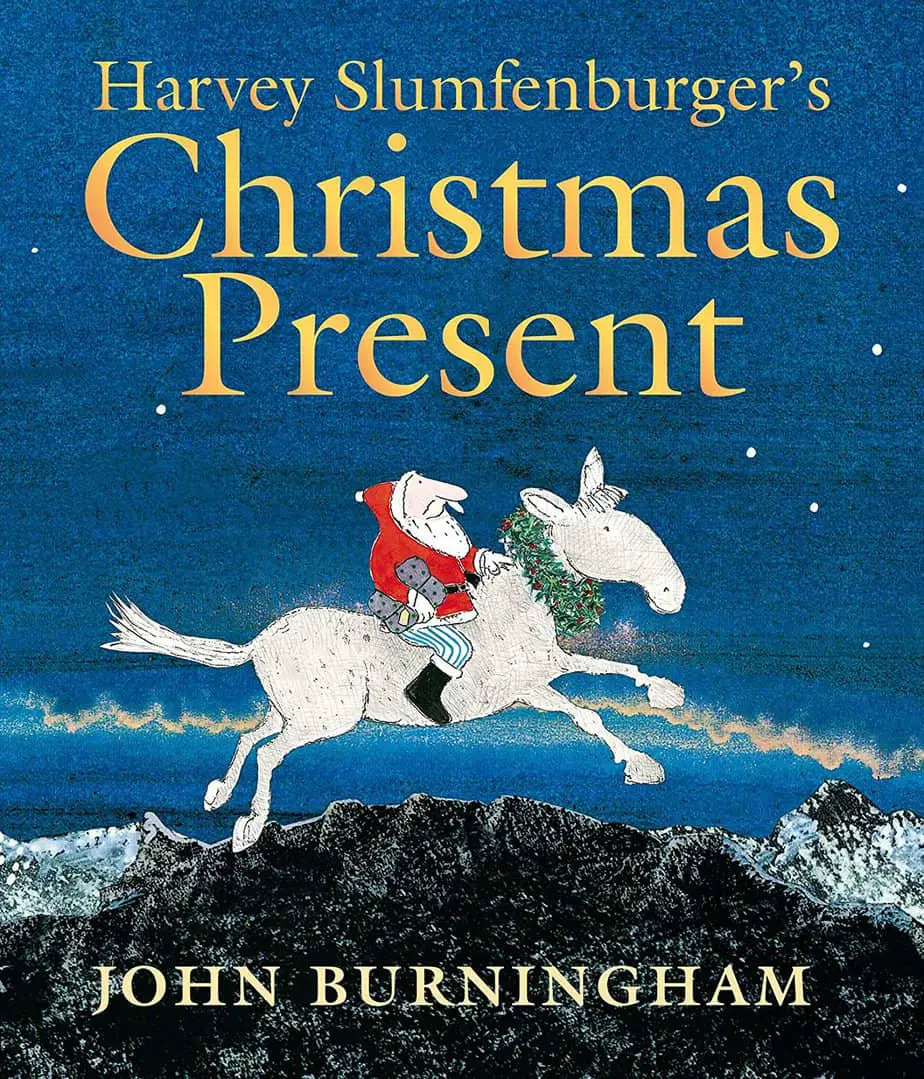
Harvey Slumfenburger’s Christmas Present (1993) is a picture book written and illustrated by British storyteller John Burningham. The pacing in this story is a little different to most picture books seen in bookstores today.
-
Cumulative Plots and The Fifth Story by Clarice Lispector
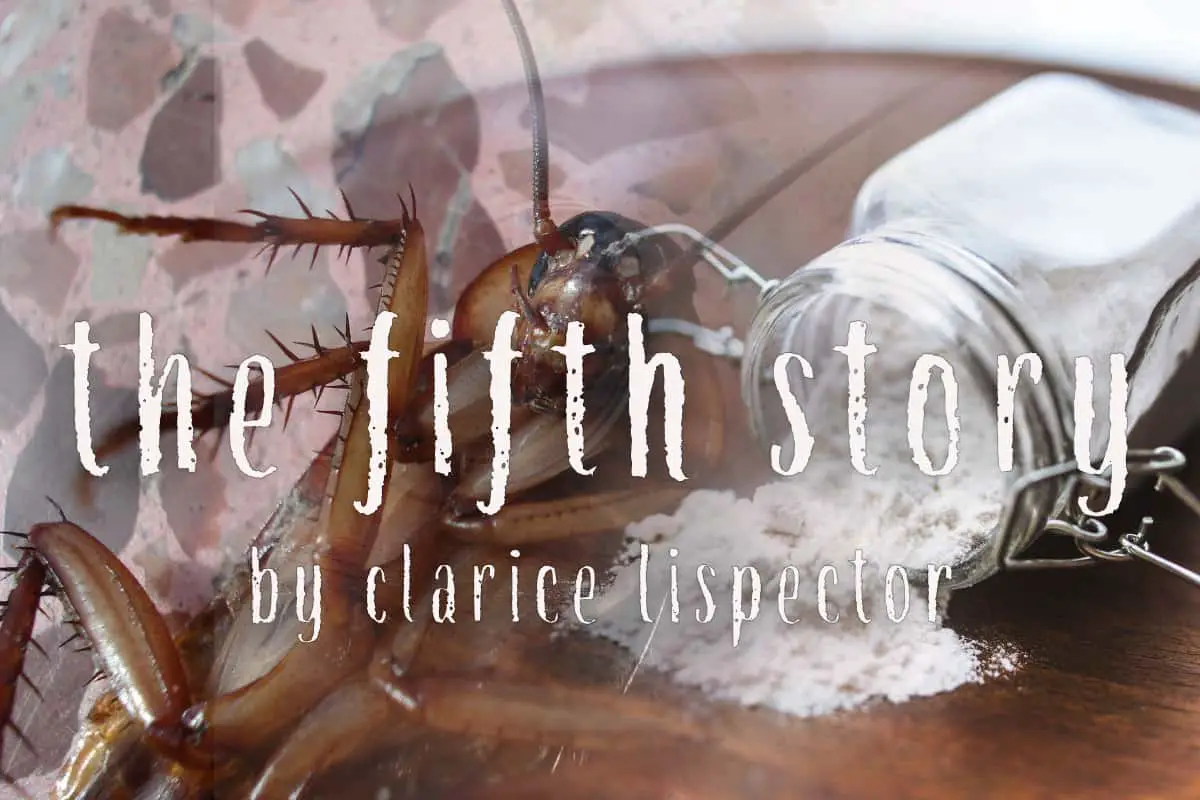
“The Fifth Story” (1964) is a work of microfiction by Ukraine-born Brazilian writer Clarice Lispector (1920-1977). I tend to analyse short stories by looking at their dramatic arc, but what of a story like this? Surely “The Fifth Story” does not fit traditional ideas of what makes a complete narrative. I also love when I read a […]
-
Frog Went A Courtin by John Langstaff Analysis
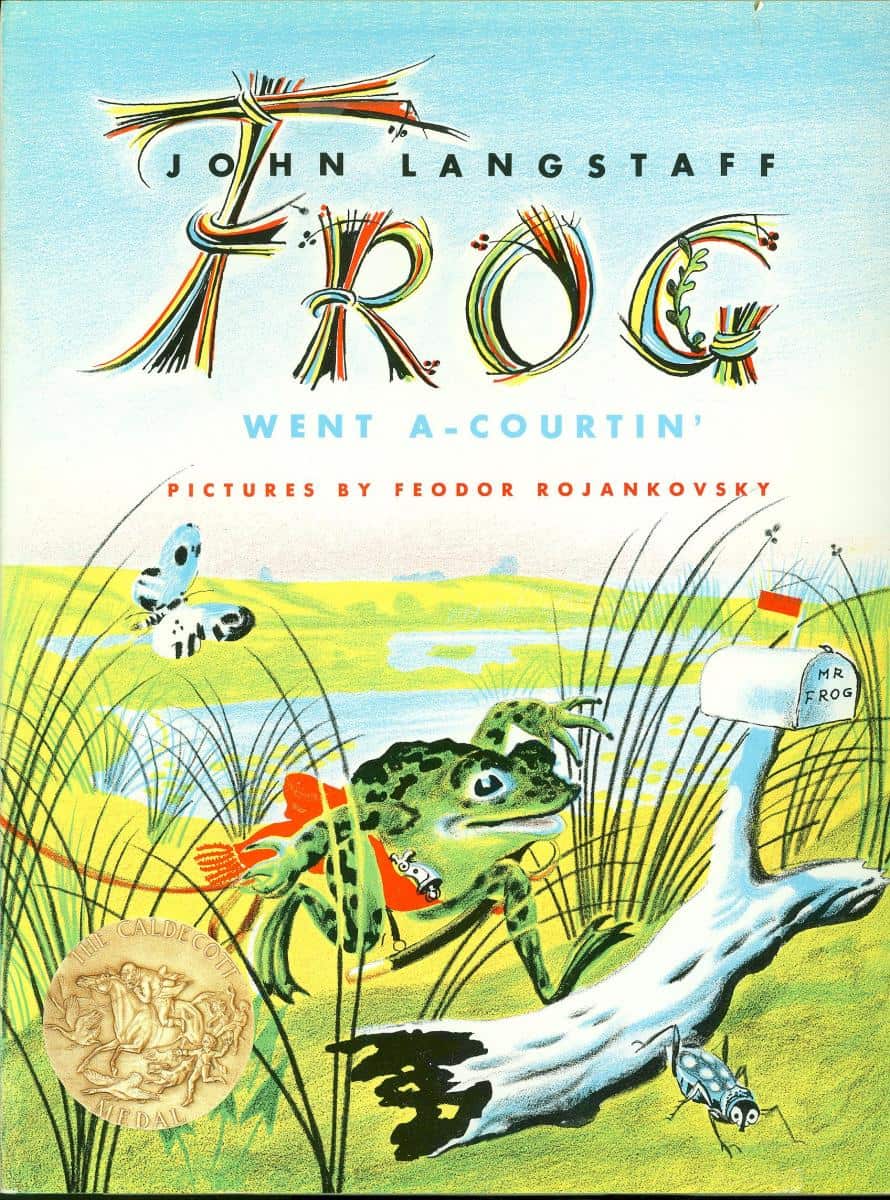
This month I wrote a post on Teaching Kids How To Structure A Story. Today I continue with a selection of mentor texts to help kids see how it works. Let’s look closely at Frog Went A-Courtin, a Scottish folk song from the 1500s, which was turned into an iconic picture book for children written by John […]
-
The Gingerbread Man Story Structure and Analysis
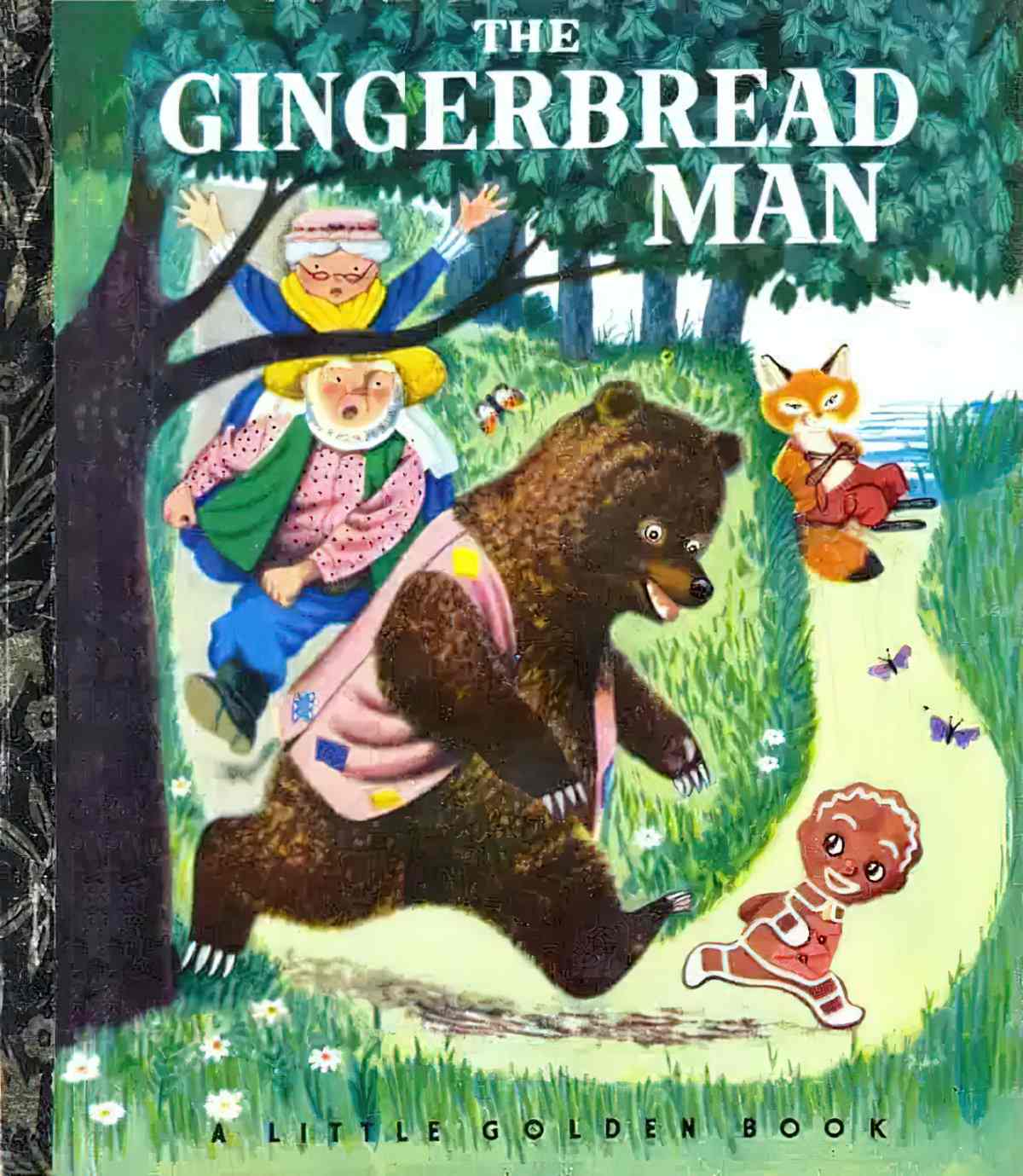
I recently looked into The Magic Porridge Pot (a.k.a. Sweet Porridge), part of a whole category of folk tales about pots of overflowing food. Related, there is another category of folk tales about food that runs away. In the West, the most famous of those would have to be The Gingerbread Man, but have you also heard of The Fleeing…
-
Chicken Little, Cassandra and Modern Horror
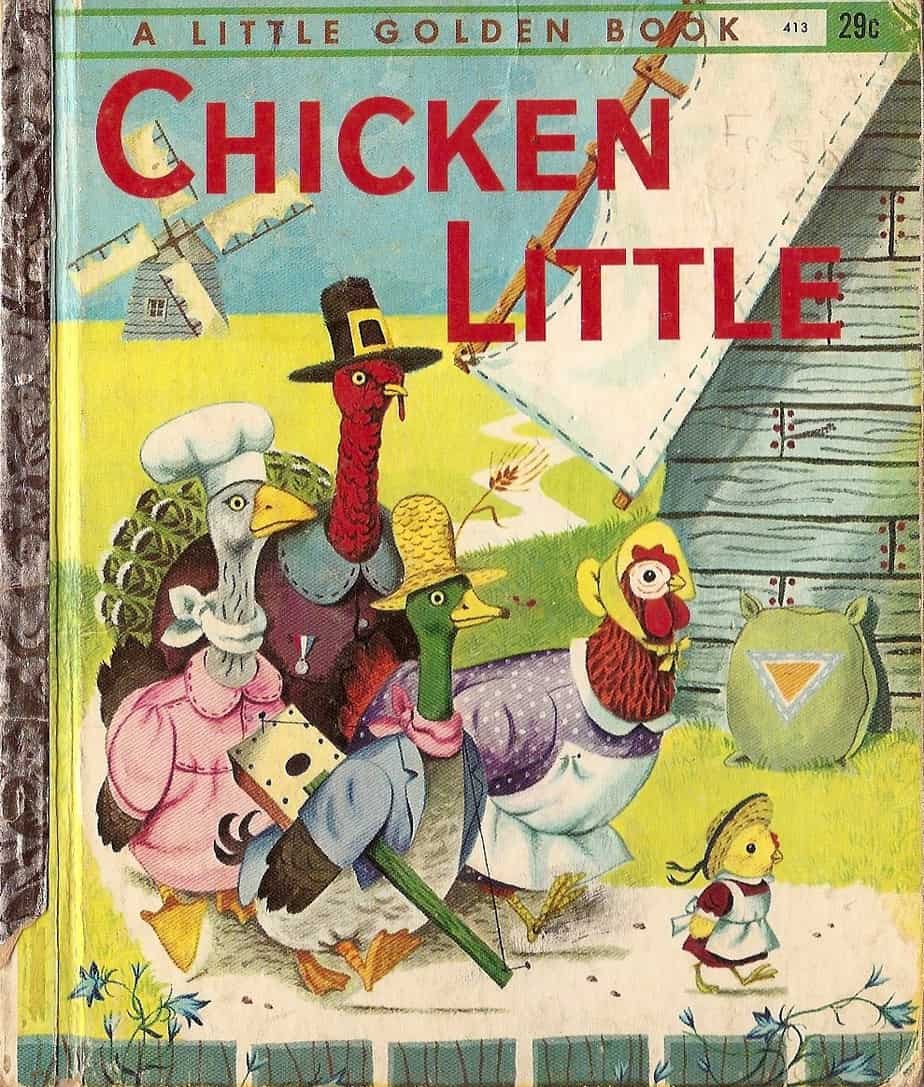
Chicken Little (mostly America) is also known as Chicken Licken or Henny Penny (mostly Britain). I hope the current generation of children don’t grow up thinking the 2005 animated movie version of Chicken Little has much to do with earlier versions of this story. The movie log line sounds okay on paper: “After ruining his […]
-
Thidwick The Big-Hearted Moose by Dr Seuss Analysis
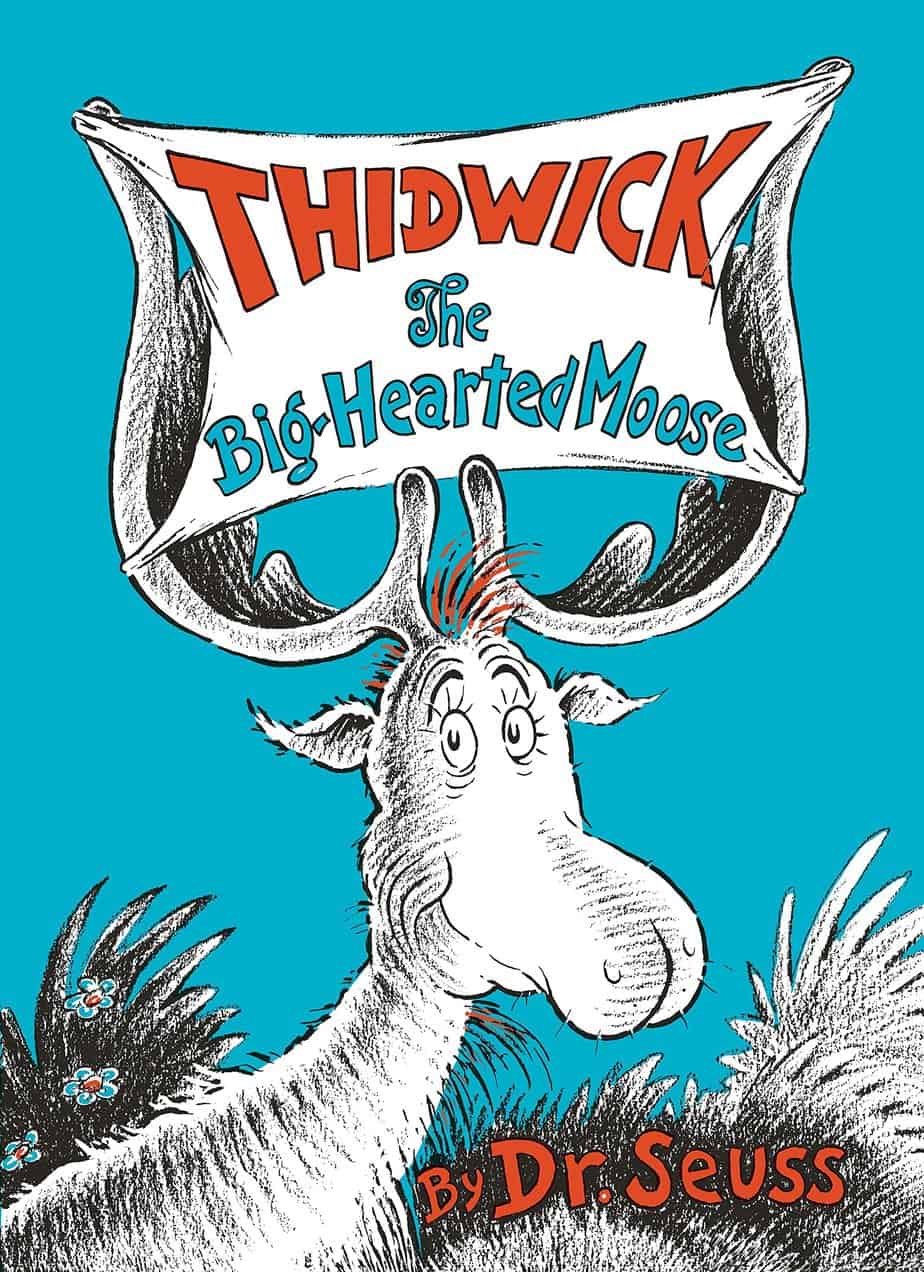
Theo Geisel had a thing for antlers. In the mid-nineteen thirties, Theodor Geisel was a fledgling author and artist, operating as an illustrator for New York advertisement agencies. His father, superintendent of parks in Springfield, Mass., from time to time sent him antlers, expenditures and horns from deceased zoo animals. Geisel stored them in a […]
-
Mr Gumpy’s Outing by John Burningham Analysis
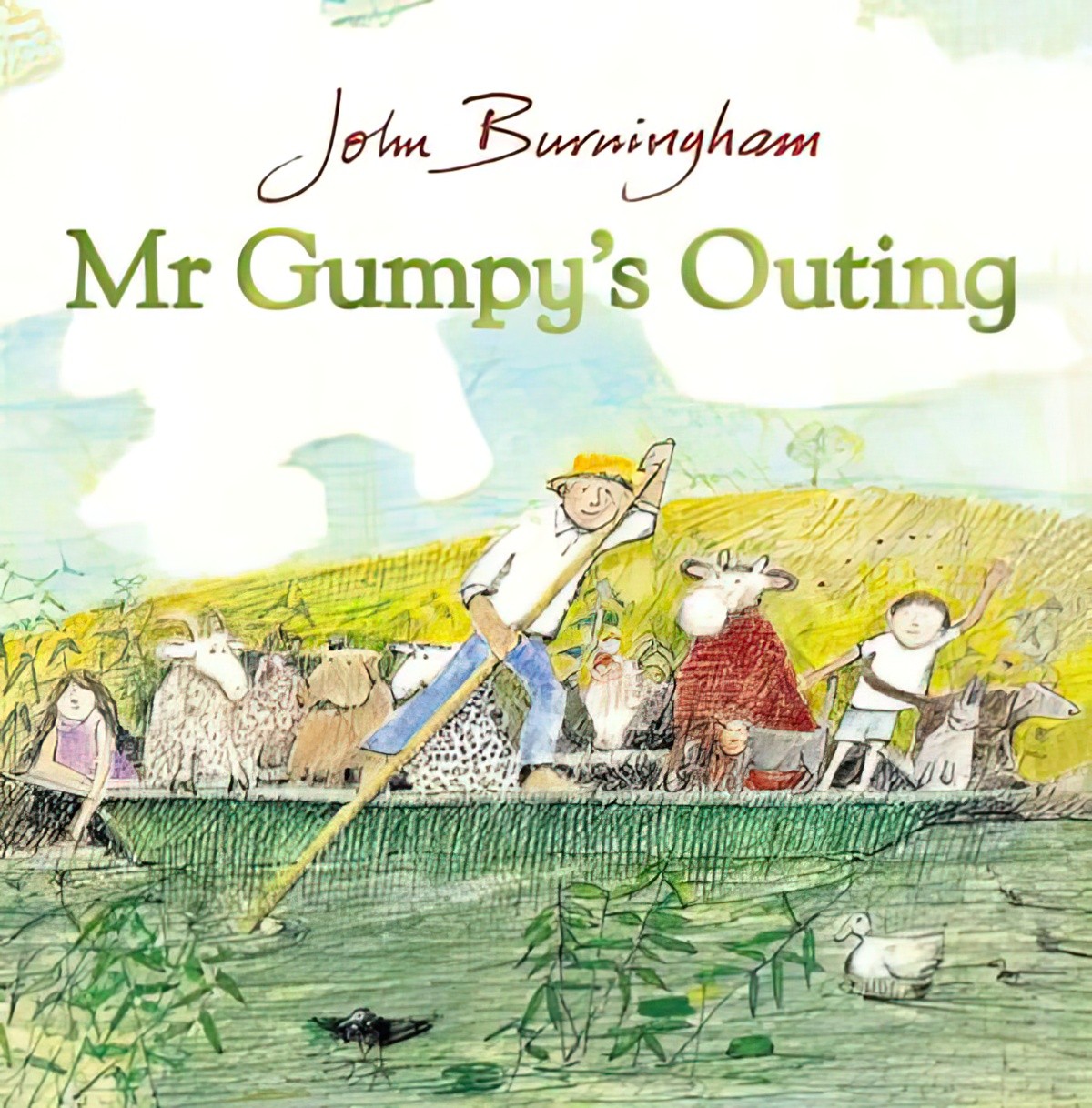
Mr Gumpy’s Outing is a picture book for young readers who are still learning English — a variety of verbs are introduced in a way that will help toddlers to remember them.
-
Shapes of Plots In Storytelling
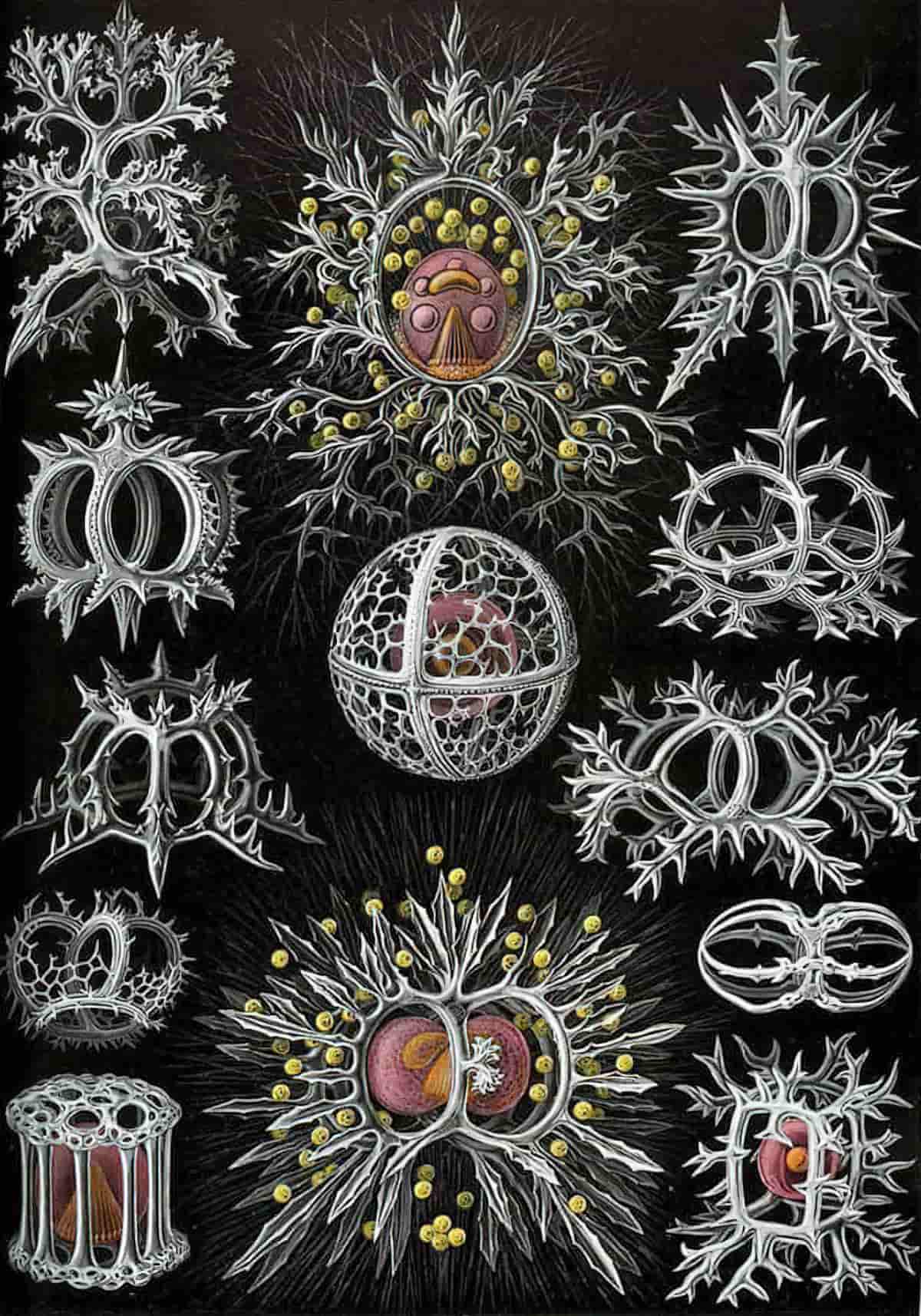
The success of a novel is only five percent about the structure and ninety-five percent about the quality of the writing. Elizabeth Lyons, Manuscript Makeover Younger writers should be experimenting with form as well as material, like a water-seeker with a divining rod. We are “haunted” by experiences, images, people, acts of our own or […]